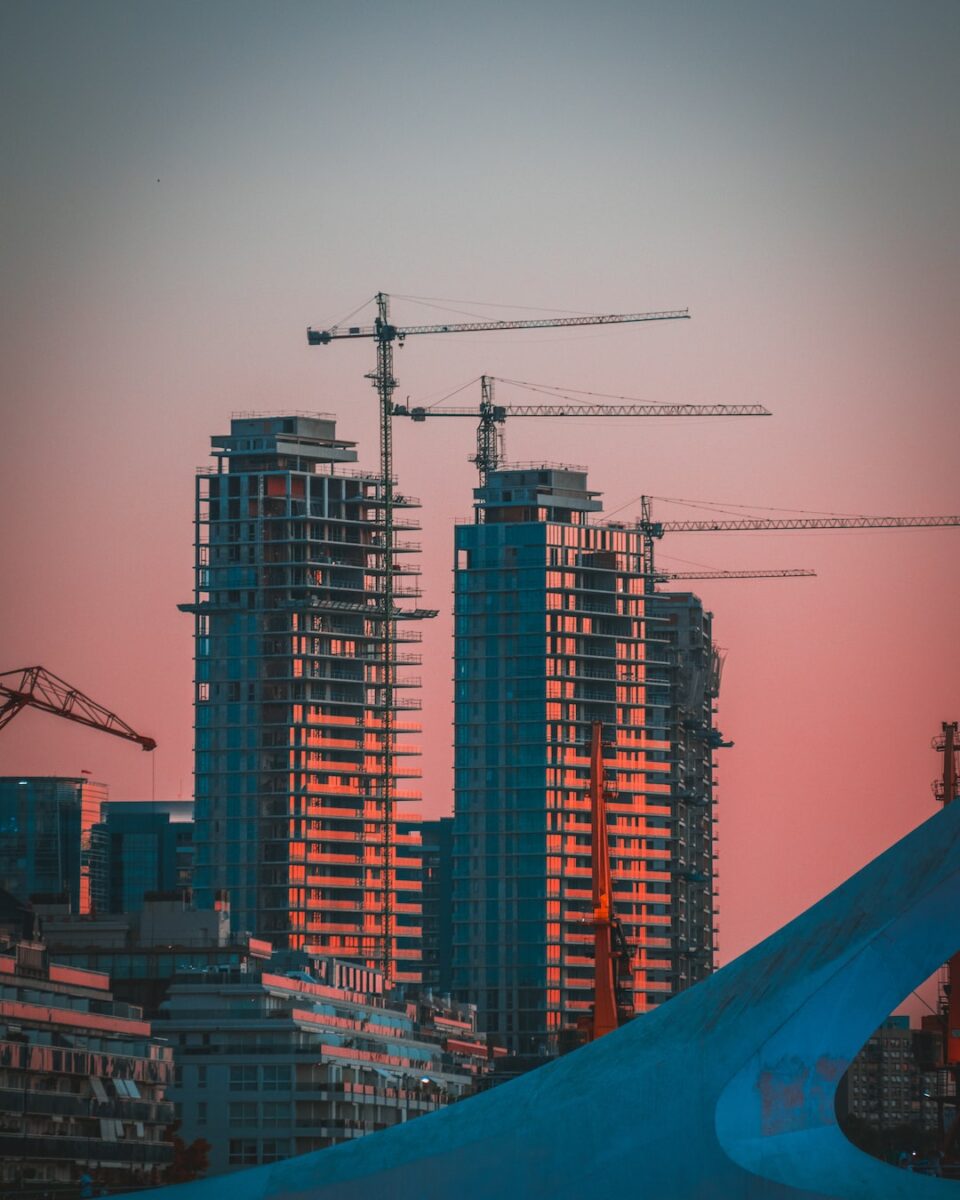The Fascinating History of Evita Perón in Buenos Aires
Buenos Aires, the vibrant capital of Argentina, is home to a rich and captivating history. One name that dominates this tapestry of stories is that of Eva “Evita” Perón. Evita Perón, the former First Lady of Argentina, was a captivating figure whose influence still reverberates throughout the city.
Born in 1919 in a small town in Argentina, Evita would rise to become one of the most powerful and iconic women in the country’s history. Her journey began when she moved to Buenos Aires in pursuit of an acting career. While she did not achieve tremendous success as an actress, it was during this time that she met her future husband, Juan Perón.
Juan Perón, a military officer turned politician, would go on to become the President of Argentina. Evita’s rise to power came as a result of her marriage to Perón. Her charm and charisma captivated the masses, and she quickly became a beloved figure, especially among the working class.
Evita used her position as the First Lady to advocate for the rights of the poor and working class. She initiated various social programs aimed at improving the lives of those in need, including the construction of schools, hospitals, and housing projects. She also fought for women’s suffrage and championed labor rights. This dedication to the less fortunate earned her the nickname “Santa Evita” (Saint Evita) among her supporters.
One of the most enduring symbols of Evita’s legacy in Buenos Aires is the famous Casa Rosada, the presidential palace. From the balcony of this iconic building, Evita would address the masses, captivating them with her passionate speeches. Today, visitors can tour the Casa Rosada to get a glimpse into this important period of Argentine history.
Another must-visit destination for those interested in Evita’s history is the Evita Museum located in the Palermo neighborhood of Buenos Aires. The museum houses a vast collection of artifacts, photographs, and memorabilia that provide insights into the life and impact of Evita Perón. From her iconic garments to personal letters, visitors can gain a deeper understanding of her journey and the profound effect she had on Argentine society.
Evita’s life was tragically cut short in 1952 when she died of cancer at the age of 33. However, her memory lives on in the hearts of the Argentine people. Her funeral procession through the streets of Buenos Aires drew millions of mourners, and her tomb in the famous Recoleta Cemetery remains a pilgrimage site for locals and tourists alike.
The legacy of Evita Perón in Buenos Aires is one of empowerment, compassion, and devotion to the betterment of the less fortunate. Her impact on Argentine society cannot be overstated, and her story continues to inspire generations. The fascinating history of Evita serves as a reminder of the power of individuals to effect positive change, even in the face of adversity.
In conclusion, Buenos Aires is a city full of history and culture, and one cannot fully understand the Argentine identity without delving into the captivating story of Evita Perón. From her humble beginnings to her rise as one of the most beloved figures in the country, Evita’s legacy continues to shape the city and the collective memory of its people. If you find yourself in Buenos Aires, take the time to explore the landmarks, museums, and the stories that made Evita who she was.

